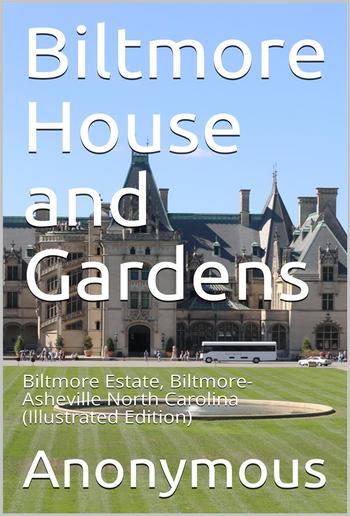
anonymous - Biltmore House and Gardens / Biltmore Estate, Biltmore-Asheville North Carolina
Biltmore House and Gardens / Biltmore Estate, Biltmore-Asheville North Carolina
anonymous
Description
Biltmore Estate is a historic house museum and tourist attraction in Asheville, North Carolina. Biltmore House, the main residence, is a French Renaissance Revival-style mansion built for George Washington Vanderbilt II between 1889 and 1895 and is the largest privately owned house in the United States, at 178,926 square feet (16,622.8 m2) of floor space (135,280 square feet of living area). Still owned by George Vanderbilt's descendants, it remains one of the most prominent examples of Gilded Age mansions.
In the 1880s, at the height of the Gilded Age, George Washington Vanderbilt II began to make regular visits with his mother, Maria Louisa Kissam Vanderbilt, to the Asheville area. He loved the scenery and climate so much that he decided to build his own summer house in the area, which he called his "little mountain escape". His older brothers and sisters had built luxurious summer houses in places such as Newport, Rhode Island, and Hyde Park, New York. Vanderbilt named his estate Biltmore, derived from "De Bilt", Vanderbilt's ancestors' place of origin in the Netherlands, and "More", Anglo-Saxon for open, rolling land. Vanderbilt bought almost 700 parcels of land, including over 50 farms and at least five cemeteries; a portion of the estate was once the community of Shiloh.. A spokesperson for the estate said in 2017 that archives show much of the land "was in very poor condition, and many of the farmers and other landowners were glad to sell."

